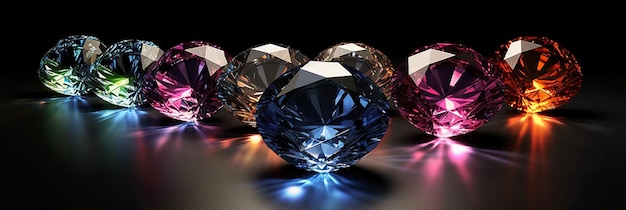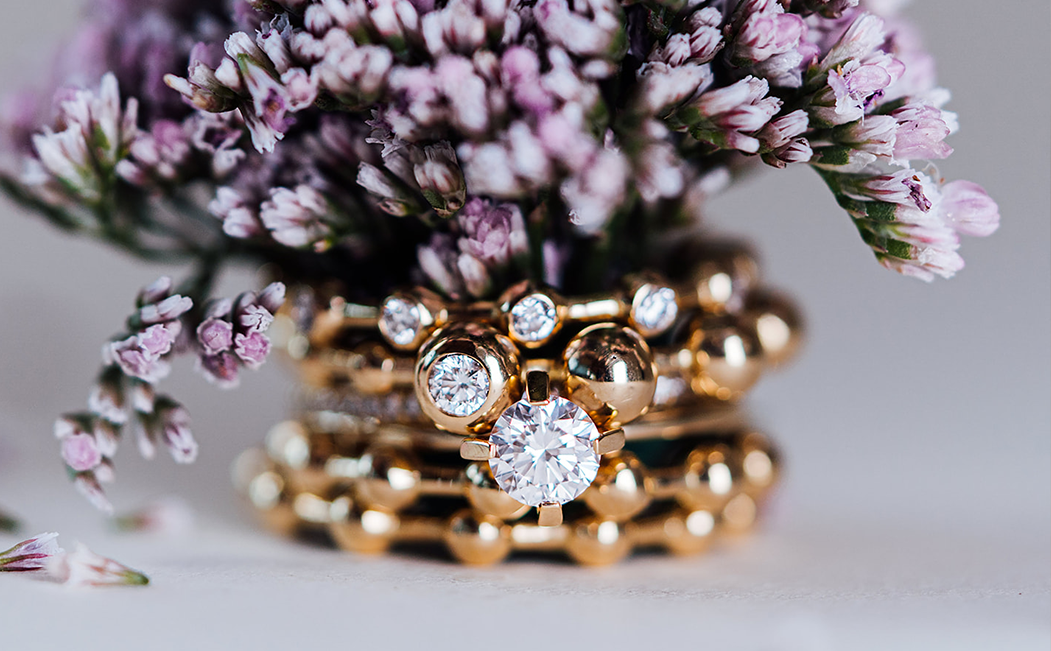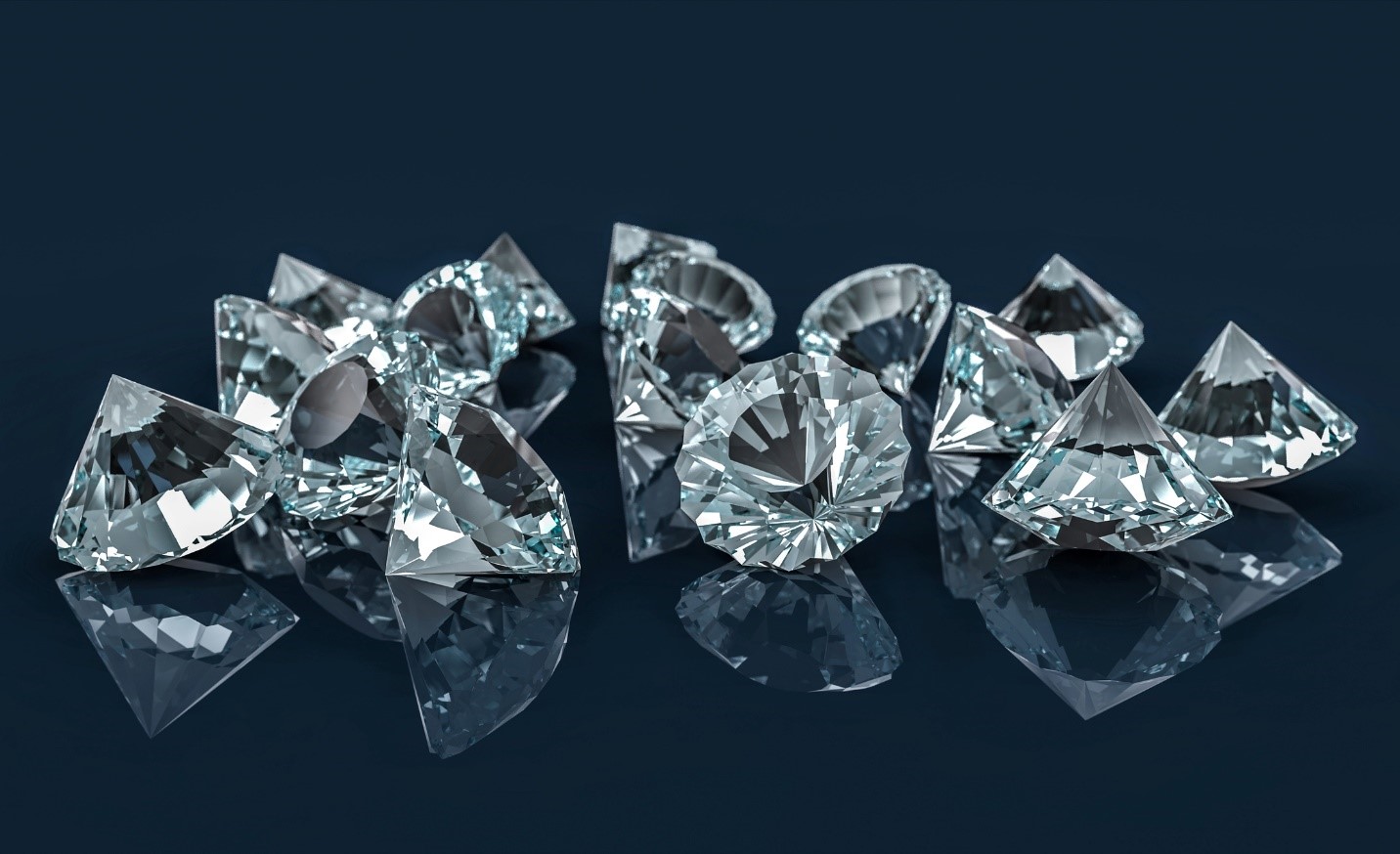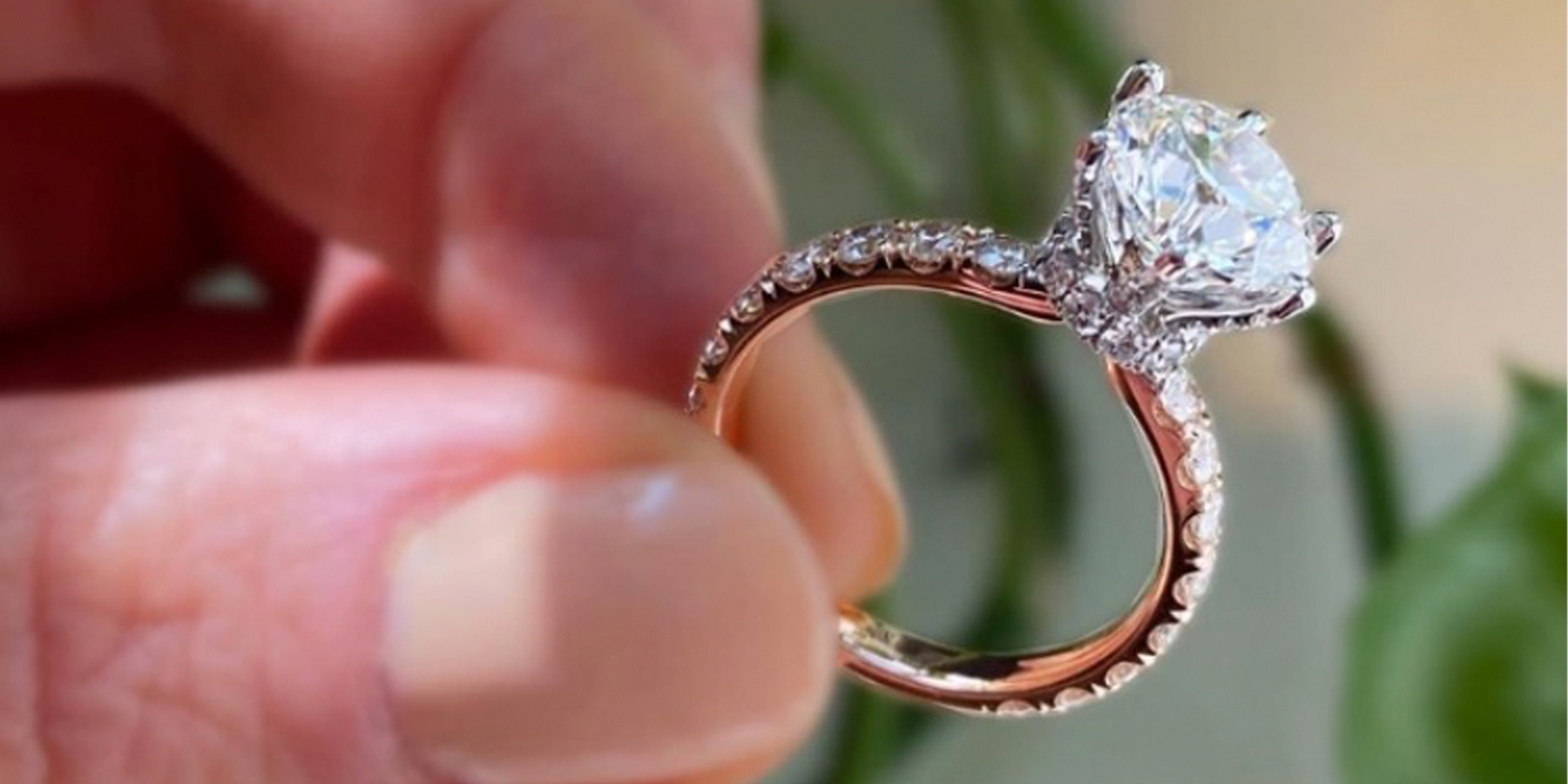Moissanite: The Brilliant Alternative to Diamonds
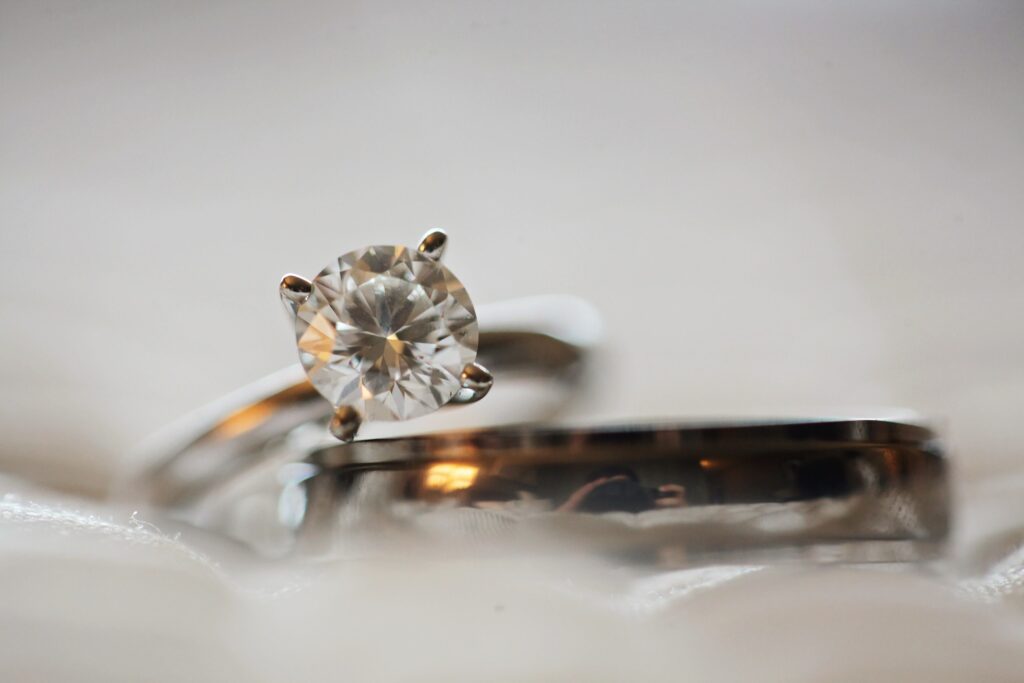
Moissanite, often hailed as the diamond alternative, has captured the attention of jewelry enthusiasts worldwide for its stunning brilliance and eco-friendly credentials. In this comprehensive guide, we’ll delve into everything you need to know about moissanite, from its composition and characteristics to its role in modern jewelry trends.
Table of Contents
Introduction to Moissanite
Moissanite, originally discovered in 1893 by French scientist Henri Moissan, is a rare mineral composed of silicon carbide. Initially mistaken for diamonds due to its brilliance, moissanite is now synthesized in laboratories to create gem-quality stones used extensively in jewelry.
What is Moissanite?
Moissanite is a naturally occurring mineral, though most available today are lab-created. Its brilliance and durability make it a popular choice in fine jewelry, particularly as an alternative to diamonds.
History of Moissanite Discovery
Henri Moissan discovered naturally occurring 모이사나이트 in a meteor crater in Arizona. This rare mineral was initially mistaken for diamonds due to its fiery brilliance and refractive qualities.
Composition and Characteristics
Moissanite’s chemical composition, primarily silicon carbide (SiC), contributes to its impressive hardness and optical properties, rivaling those of diamonds.
Chemical Composition
Moissanite’s chemical structure of silicon and carbon atoms gives it exceptional hardness and thermal conductivity, distinguishing it from other gemstones.
Physical Properties
With a hardness of 9.25 on the Mohs scale, moissanite is one of the hardest known substances, making it highly resistant to scratching and abrasion.
Optical Properties
Moissanite exhibits a higher refractive index than diamonds, resulting in superior brilliance and sparkle. Its double refraction also contributes to its distinctive appearance.
Comparison with Diamonds
Understanding the similarities and differences between moissanite and diamonds helps consumers make informed choices based on their preferences and budget.
Moissanite vs. Diamond: Similarities
Both moissanite and diamonds are renowned for their brilliance, hardness, and durability, making them suitable for everyday wear.
Moissanite vs. Diamond: Differences
Moissanite differs from diamonds in terms of origin, price, and optical properties. While diamonds have a single refraction, moissanite’s double refraction gives it a unique sparkle.
Types of Moissanite
Moissanite exists in different forms, ranging from natural specimens to lab-created gems tailored for jewelry use.
Natural Moissanite
Rarely found in nature, natural moissanite is typically recovered from meteorites but is not commonly used in jewelry due to its scarcity.
Synthetic Moissanite
Most moissanite available today is created through advanced technology, offering gem-quality stones that rival natural diamonds in brilliance and clarity.
Pros and Cons of Moissanite
Moissanite’s popularity stems from its distinct advantages and considerations that consumers should weigh before making a purchase.
Advantages
Affordability: Moissanite is significantly more affordable than diamonds of comparable size and quality.
Brilliance: Its exceptional brilliance and fire make moissanite a captivating choice for jewelry.
Durability: With a hardness close to that of diamonds, moissanite is suitable for daily wear without losing its sparkle.
Disadvantages
Color Perception: Some individuals may detect a subtle difference in color compared to diamonds.
Origin Concerns: While lab-created moissanite is environmentally friendly, natural moissanite’s scarcity raises ethical considerations.
Moissanite in Jewelry
Moissanite’s versatility extends to various jewelry types, lab made diamonds, with engagement rings being a popular application due to its beauty and durability.
Engagement Rings
Moissanite engagement rings offer couples an affordable yet brilliant alternative to traditional diamond rings. Its durability ensures longevity, making it ideal for everyday wear.
Other Jewelry Types
Beyond engagement rings, moissanite adorns earrings, necklaces, and bracelets, appealing to fashion-forward individuals seeking elegance and affordability.
Moissanite Cuts and Colors
Moissanite’s availability in various cuts and colors allows consumers to customize their jewelry to suit personal preferences and styles.
Popular Cuts
Round Brilliant: Reflects maximum light, showcasing moissanite’s brilliance.
Cushion Cut: Combines a classic shape with modern brilliance.
Oval Cut: Offers a unique elongated shape that enhances moissanite’s fire.
Available Colors
While most moissanite is colorless or near-colorless, manufacturers offer options ranging from icy whites to warm hues, catering to diverse aesthetic tastes.
Moissanite Grading
Understanding how moissanite is graded ensures consumers select stones that meet their quality expectations and budget constraints.
How Moissanite is Graded
Moissanite is evaluated based on factors such as cut, color, clarity, and carat weight, similar to the criteria used for diamonds.
Factors Affecting Grading
Grading considers moissanite’s optical properties, ensuring each stone’s brilliance and clarity align with industry standards.
Care and Maintenance of Moissanite
Proper care and maintenance enhance moissanite’s longevity and brilliance, ensuring jewelry remains beautiful for years to come.
Cleaning Tips
Regular cleaning with mild soap and water or a jewelry cleaner specifically formulated for gemstones preserves moissanite’s sparkle and clarity.
Storage Advice
Storing moissanite jewelry in a soft cloth pouch or a separate compartment prevents scratching and maintains its pristine condition between wearings.
Cost of Moissanite
The cost-effectiveness of moissanite compared to diamonds makes it an attractive option for budget-conscious consumers seeking luxury and beauty.
Factors Influencing Price
Moissanite’s price varies based on size, cut, and quality, offering substantial savings compared to natural diamonds.
Cost Comparison with Diamonds
Moissanite typically costs significantly less than diamonds of comparable size and quality, making it accessible without compromising on elegance.
Sustainability Aspects
The environmental and ethical considerations surrounding moissanite contribute to its growing popularity among conscientious consumers.
Environmental Impact
Lab-created moissanite minimizes environmental impact compared to diamond mining, reducing carbon footprint and ecosystem disruption.
Ethical Considerations
Choosing lab-created moissanite supports ethical practices by avoiding the social and environmental issues associated with diamond mining.
Buying Guide
Navigating the purchase of moissanite involves understanding where to buy and what to look for in terms of quality and authenticity.
Where to Buy Moissanite
Authorized retailers and reputable online stores offer certified moissanite, ensuring authenticity and quality assurance.
What to Look For
Consider factors such as cut, color, clarity, and carat weight when selecting moissanite to ensure it meets your aesthetic and budgetary preferences.

